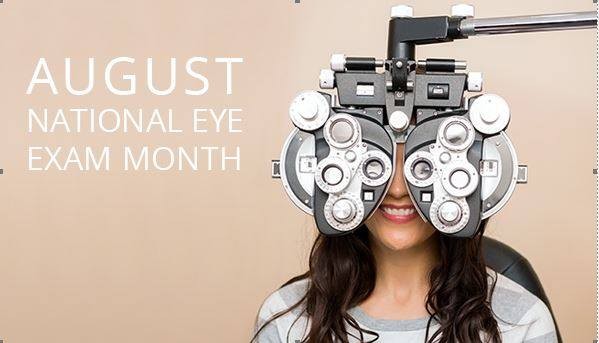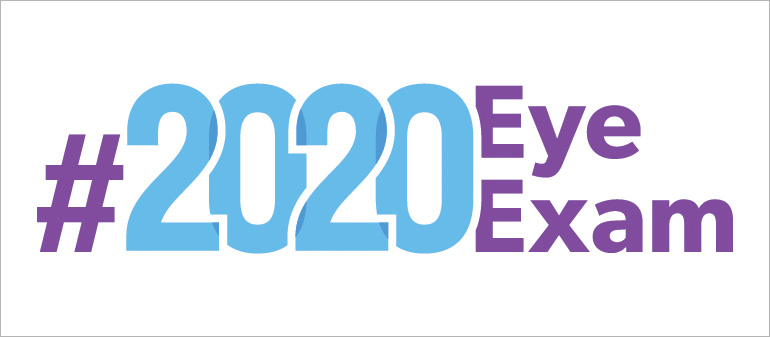American journalist and humorist Helen Rowland once wrote, “Life begins at 40 — but so do fallen arches, rheumatism, faulty eyesight, and the tendency to tell a story to the same person three or four times.”
Think back to your last annual physical (if you can’t remember that, stop and add it to your to-do list), did your doctor check your vision while you were in their office? Most likely the answer is “no,” because eye exams are not part of the standard physical.
In fact, despite the majority of us spending five or more hours a day looking at screens, according to the National Eye Institute, as of 2018, more than 23 million American adults had never had an eye exam. This is especially concerning because many eye diseases have no visible symptoms at first, and if left untreated can permanently impact your vision.

Why You Should Get an Eye Exam
Routine eye exams allow your optometrist or ophthalmologist to track your vision and eye health over time. An annual eye exam also helps catch things like blurred vision, cataracts, glaucoma, and diabetic retinopathy early.
Whether or not you already get regular eye exams, if you experience any of the following, call the optometrist or ophthalmologist right away:
- Decreased vision
- Draining or redness of the eye
- Eye pain
- Double vision
- Floaters (tiny specks that seem to float within your line of sight)
- Halos/circles around lights
- Flashes of light
Generally, eye exams are one of the most hands-off medical procedures you can experience. During a routine exam, the doctor will check your visual acuity (aka sharpness), depth perception, eye alignment, and eye movement. Depending on your age and risk factors, they may also use eye drops to dilate your pupils and look inside your eyes to check for signs of other health problems.
For more information on the importance of taking care of your eyes and eyesight, go to cdc.gov/visionhealth.



